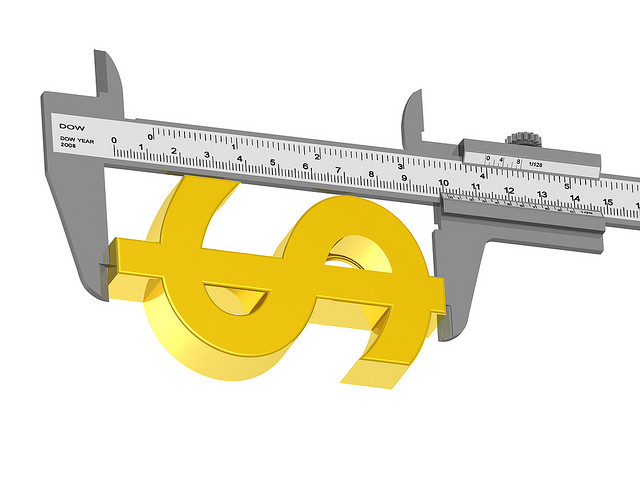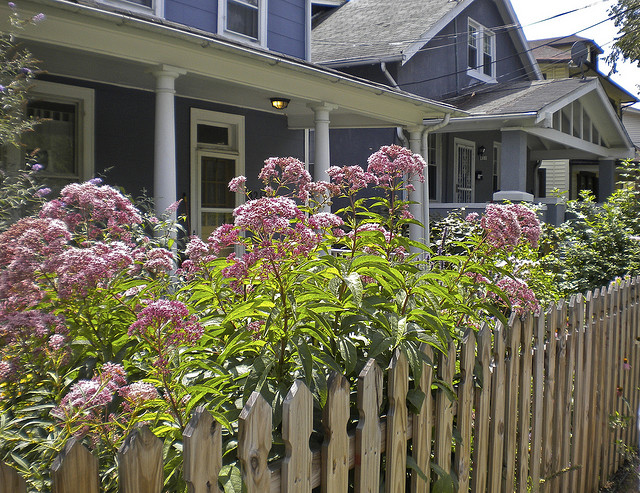Low Doc Investor Loan – Choosing a Home Loan for Investment
updated 15th October 2016
Low-doc
has come in for some unwelcome attention in the wake of the US sub-prime crisis, with some lenders, including Macquarie Bank, increasing their rates for these types of loans. The overall picture in Australia doesn’t suggest a huge cause for concern, however.
“The underlying asset quality in Australia is clearly sound,” says Reserve Bank of Australia governor Glenn Stevens. “Loans that could be called ‘sub prime’ in Australia are about 1% of the stock of total mortgages, compared with around 15% in the US, and arrears rates on these loans are considerably less than those on US sub prime loans. The securities backing these Australian loans continue to perform.”
Understanding low doc loans
When they were first introduced in Australia, low doc loans – short for low documentation – were associated with credit-impaired borrowers. They were also targeted to individuals who have fluctuating income and those who don’t fit the mainstream lending criteria.
Unlike the traditional mainstream loans, low doc loans don’t require the borrower to submit tax records and other personal income details such as pay slips or a letter from their employer. Instead, borrowers only need to show proof that they’re operating a legitimate business and provide details of their Australian Business Number (ABN), GST registrations and past statements of their trading account.
Popular with self-employed people, or those who either aren’t able to verify their income or don’t have their tax returns in order, investors have long been fond of low-doc.
Considerations
High interest rates are an oft-quoted drawback of low doc loans, though Projeski insists that this depends on where you go. “We’ve got access to some lenders where the low-doc rate is exactly the same as the normal rate,” he says. “There’s no penalty or no loading on top.”
However, he admits, “we can’t go as high from a loan to value ratio point of view when it’s a standalone property. If they’ve got additional property, we can lend them 100% and more but on a standalone property we’re restricted to up to 90% on low-doc.”
If you’re considering a low-doc loan, make sure that you check the interest rates you’re being charged. You may also have to pay extra fees and charges such as ‘risk fees’. Look at the fine print carefully for early exit fees as these can be substantially higher than normal loans to cover the lenders’ risks.
This article has been republished with permission from Your Investment Property magazine. Try our Loan Repayment Calculator and find the best repayment strategy for you.




